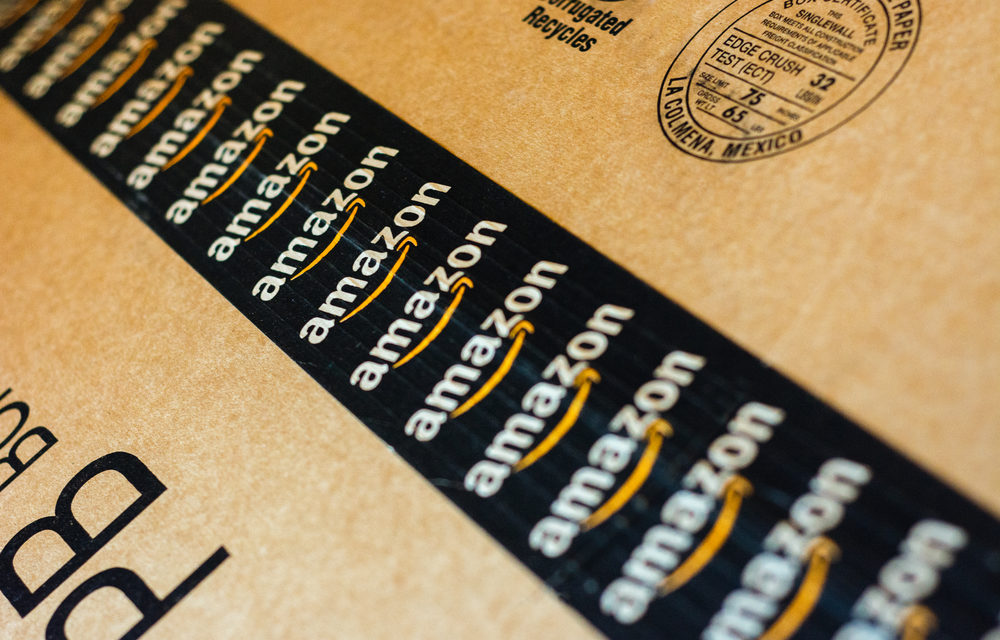Source: Media Post, February 2019
Amazon has quietly launched Amazon Cash, a service that allows consumers to purchase products on Amazon without having to use a debit or credit card. In this bold move, the online retail giant strategically positions itself as a resource for the 32.6 million households in the U.S. that don’t use banking services (unbanked) or make limited use of them (underbanked).While Amazon’s overarching strategy is to engage these consumers, who represent 25.2% of the U.S. population, it is also an effort to attract more African-American and Hispanic consumers, who just so happen to be the most likely ethnic groups to be unbanked, according to an FDIC study. Several factors impact this disparity, including lower average household incomes as well as a distrust of financial institutions. Amazon’s message to these consumer groups, however, is loud and clear: “being unbanked or underbanked should not be a barrier to using our service.”
Another aspect of Amazon Cash that hints at a strategy to intentionally engage more African-American and Hispanic consumers is the stores chosen to participate in the program, which rely heavily on how well they engage these consumers. Participating stores to date include CVS pharmacy, GameStop, and 7-Eleven.
Drugstores: Beauty and personal care items are beginning to occupy more and more space in the drugstore shopping environment. Both categories over-index among African-American and Hispanic consumers. Hispanics spend more per trip than any other group. According to a recent Nielsen study, 47% of Hispanics who visited a drugstore in the last year purchased personal care products. African-Americans, on the other hand, spend more on bathroom-related products such as bar and liquid soap.
GameStop: According to the Hispanic Millennial Project Report, African-American and Hispanic Millennials are super gamers. Twenty-three percent of African American millennials consider themselves “hardcore” gamers (frequent purchaser of games, who spend a great deal of time playing) and 32% of Hispanics consider themselves “core” gamers (play more than a casual player, not as much as hardcore player).
7-Eleven: Convenience, location, and price tend to dominate African-Americans’ shopping channel decisions, which is why they over-index for shopping at both the higher-priced but location-driven convenience stores and gas and service stations. Similarly, Hispanics are more likely to be daily shoppers of convenience stores than shoppers of other ethnicities. Hispanic consumers are also more likely than the general market to shop inside the convenience store for merchandise or food service items on a daily basis.
There will be two different ways to add cash to an Amazon account. At participating stores, shoppers can either scan their barcode at the cashier or kiosk or use their mobile number to identify their Amazon account, then add cash.
Amazon Cash is the most recent effort by Amazon to engage Hispanic and African-American consumers. In 2017, Amazon released its Spanish-language version of Amazon.com. As a company that relies heavily on data, Amazon sees the importance of connecting with multicultural consumers and specifically, those who do not fit the more traditional e-commerce model that requires a financial product to make transactions.
The rollout of Amazon Cash raises a big question for digital marketers: What is your brand doing to engage the 25% of the U.S. population that is unbanked or underbanked, in a way that makes them feel empowered, not preyed upon.

